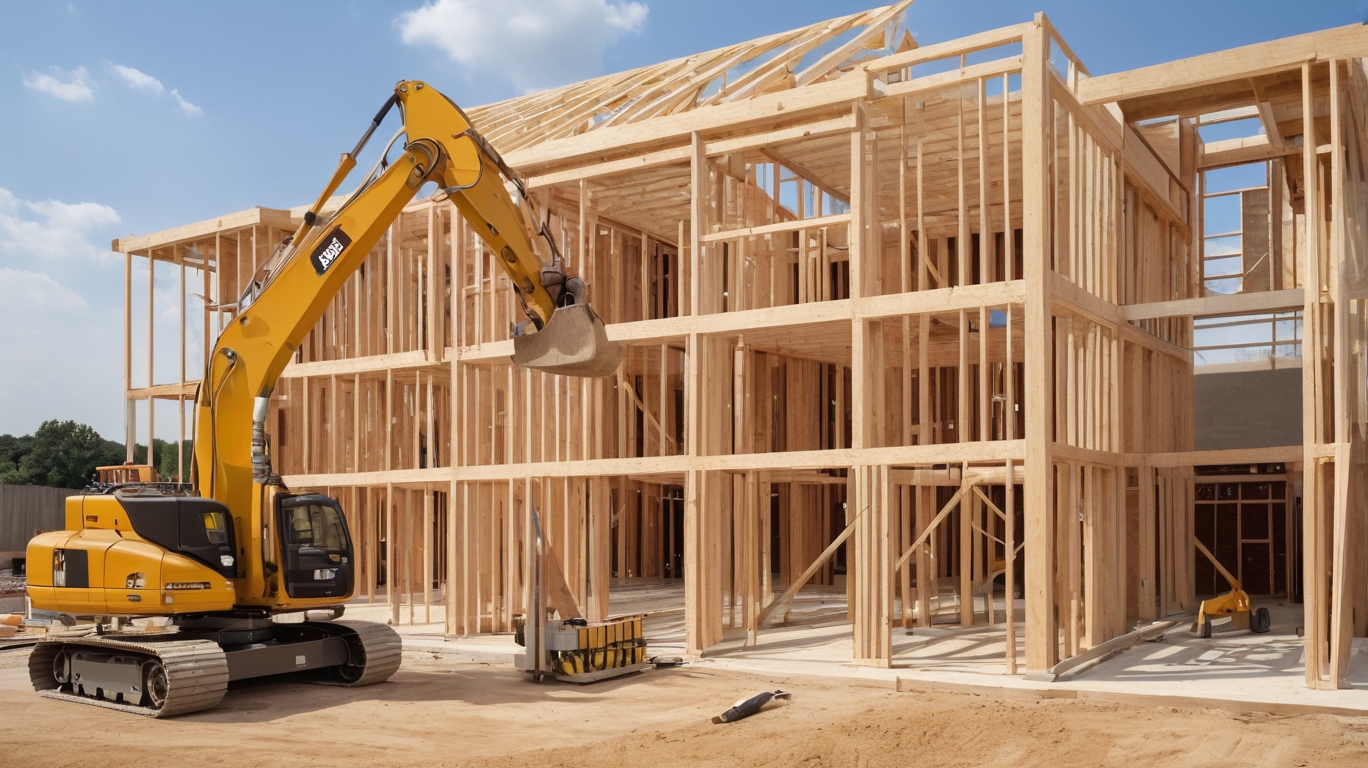
Wasting materials on construction projects doesn’t just hurt the environment—it hits your wallet too. Whether you’re building a home, remodeling a commercial space, or managing a large-scale construction job, getting your materials right is essential for saving time and money.
That’s where Material Cost Estimation comes into play. This professional service helps project planners, contractors, and homeowners determine exactly how much of each material is needed—before the first nail is hammered. With accurate material estimates, you can avoid overspending, reduce leftovers, and ensure smooth project flow.
Why Material Estimation Is So Important
Getting material quantities wrong leads to two big problems:
- Overordering, which leads to waste, storage issues, and wasted money
- Underordering, which causes delays, price hikes, and frustration
Proper Material Cost Estimation solves both problems. It gives you a precise breakdown of the materials needed, aligned with your project’s scope, layout, and budget.
What Does a Material Estimating Service Do?
A material estimating service reviews your blueprints, designs, or renovation plans to calculate the required:
- Concrete
- Wood and framing materials
- Tiles, flooring, and finishes
- Drywall, insulation
- Roofing and siding
- Paint, sealants, adhesives
- Pipes, wires, and fittings
- Fixtures and fittings
By using advanced software, historical cost data, and expert insights, they deliver an accurate bill of materials (BOM) with up-to-date pricing. This helps avoid guesswork, especially on large or complex builds.
Benefits of Using Expert Material Estimating Services
✅ Cost Control
Material waste = wasted money. A professional estimator helps control costs by eliminating unnecessary spending.
✅ Efficient Purchasing
With a detailed list, you or your contractor can buy exactly what’s needed—reducing waste and avoiding last-minute orders.
✅ Fewer Project Delays
Running out of materials mid-project can cause major delays. Estimating helps ensure you get everything on-site at the right time.
✅ Improved Sustainability
Avoiding material waste helps reduce the environmental footprint of your construction project.
✅ Better Project Planning
Knowing your material quantities in advance makes scheduling easier and helps subcontractors work more efficiently.
Who Should Use Material Estimation Services?
You don’t need to be a giant construction company to benefit. These services are ideal for:
- Homeowners planning renovations
- Contractors managing multiple jobs
- Developers building commercial or residential properties
- Architects and designers working with tight budgets
In short, anyone who wants a smoother, more cost-effective project should consider using a Material Cost Estimation service early in the planning process.
How to Choose the Right Estimating Service
When selecting a service, look for:
- Experience in your project type (residential, commercial, renovation, etc.)
- Clear reporting format that’s easy to understand and follow
- Up-to-date pricing databases to reflect current market costs
- Fast turnaround times
- Transparent pricing with no hidden fees
Reading reviews and asking for sample reports can help you choose a trusted provider.
Simple Steps to Avoid Waste on Your Next Project
- Start with a clear plan or design
- Get a professional material estimate before ordering anything
- Work with suppliers that offer exact quantities (some even cut to order)
- Track material usage on-site to monitor overuse or damage
- Store materials properly to prevent loss due to weather or theft
Common Mistakes to Avoid
- Ordering based on guesswork or rough estimates
- Not accounting for material waste, cuts, and offcuts
- Buying too early and risking damage or loss
- Ignoring seasonal price changes or bulk deals
- Skipping estimation on small projects (waste adds up!)
Final Thoughts
In any construction or renovation project, the smartest way to avoid waste is to plan ahead. By investing in Material Cost Estimation, you not only protect your budget but also streamline your entire process from start to finish.
It’s a small step that can lead to big savings.





